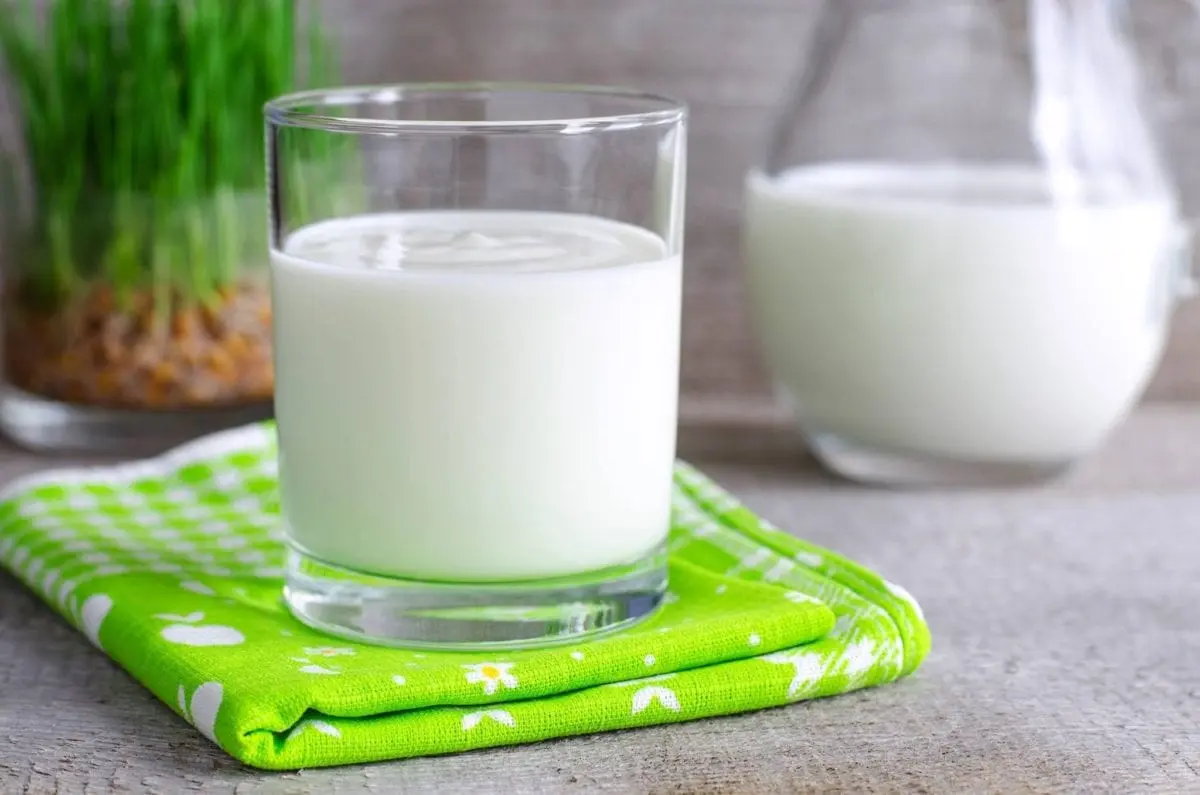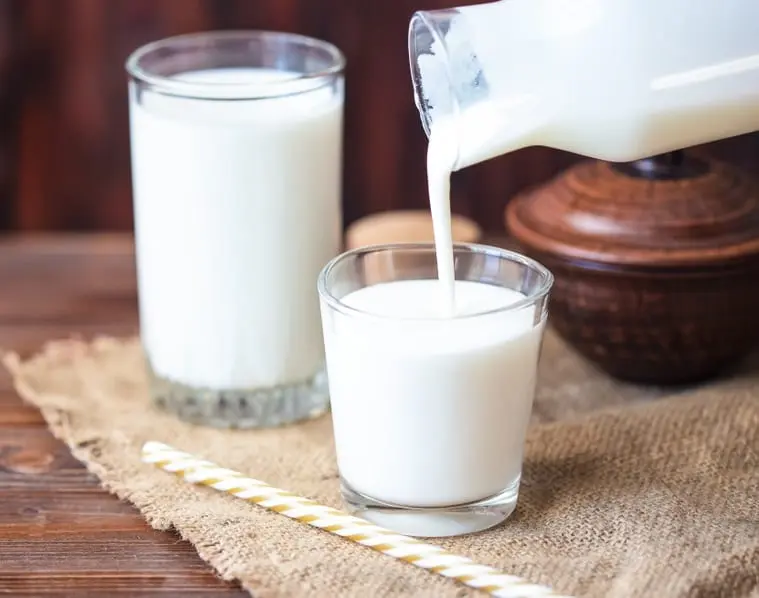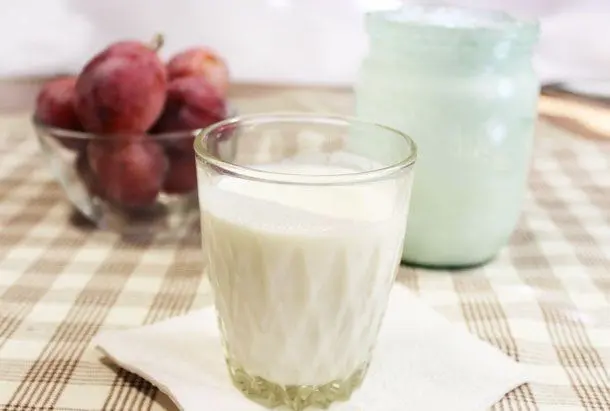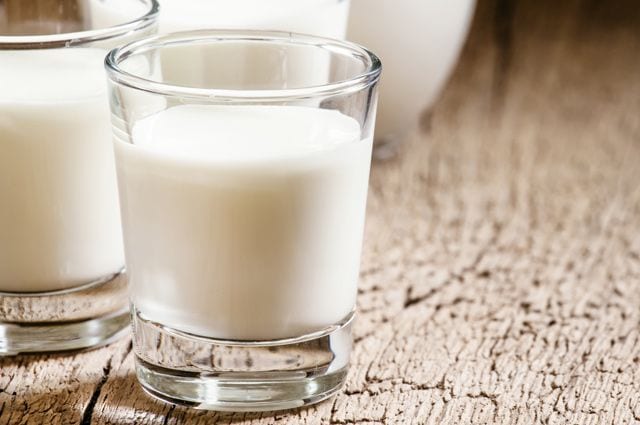Contents
Description
Kefir (from the tour. KEF – health) is a nutritive beverage obtained from milk’s fermentation. Fermentation occurs due to the lactic acid bacteria: sticks, streptococci, yeasts, acetic bacteria, and about 16 other species. Their number shall be not less than 107 per liter. The drink has a white color, homogeneous texture, smell of sour milk, and a small carbon dioxide proportion. The most popular Kefir has gotten among Slavic and Balkan countries, Germany, Norway, Sweden, Hungary, Finland, Israel, Poland, USA, and Middle East countries.
Kefir history
For the first time, the Kefir received the mountaineers of Karachai and Balkars’ peoples. It happened due to the ingestion of milk kefir mushrooms in a mountainous area near MT. These dairy drink grains were so valued by the local peoples that they were used as currency in exchange for other goods, gave a dowry to the girls for the wedding. The spread of the beverage around the world began in 1867; people sold it freely. But the recipe they kept in the strictest confidence.
Mass production and sale of Kefir in the Soviet Union began because of the unbelievable case of a young girl. Irina Sakharova, after the end of the school of milk business in 1906, was specially sent to Karachi to get the recipe of the drink from the local population. Already on a place, the girl liked one of the highlanders, and it is the tradition of the highlanders to steal the bride. She didn’t let it happen and filed for him in court. As compensation for moral damage, she asked to reveal her a secret of kefir. The court of claims was granted, and Irina returned home, we can say with a victory. Since 1913, the drink began to produce in Moscow, and from there, it spread across the Soviet Union.
The modern food industry produces on market several types:
- fat-free – with a fraction of fat from 0,01% to 1%;
- the classic – 2,5%;
- fat 3.2%;
- creamy – 6%.
Many manufacturers add to Kefir fruit and berry fillers or enriched with vitamins C, A, and E. Also, in some types of Kefir, add bifidobacteria to improve its assimilation and digestion. Kefir is usually in plastic and glass bottles 0.5 and 1 liter in polypropylene bags and tetra packs.

How to make kefir
Kefir is very easy to make at home. To do this, take milk (1 l) and dry yeast with the live bacteria. If milk is from the farm, you should boil and cool to room temperature; you should not cook that bacteria. If you are using store-bought pasteurized or sterilized milk, you may skip the boiling procedure. In addition to the dry starter, you can use ready store-bought Kefir, with its label should be “with the content of the living lactic acid bacteria or bifidobacteria” of not less than 107.
Mix all ingredients, pour into cups for the Kefir maker, and leave for 8-12 hours depending on the device’s power (read the manual). You can use a thermos or a regular jar, but you should remember that the pot needs to be warm at a constant temperature. Otherwise, the growth of bacteria will not occur. To stop the fermentation, the finished Kefir should store it in a refrigerator at a temperature of 1-4°C.
How to choose
When choosing Kefir in the store, you should pay attention to the date of manufacture and shelf life of Kefir. Quality drinks do not store for more than 10 days. The indication on the package storage time to 1 month may indicate the beverage preservatives, antibiotics, or non-living bacteria. Also, it is better to buy Kefir in glass or plastic containers. Perusing the drink through the package’s wall, you should make sure it’s white color and smooth consistency. Exfoliate Kefir is a Testament to his wrong pre-sale storage.
The benefits of Kefir
The drink contains plenty of vitamins (A, E, N, s, group, D, PP); minerals (iron, zinc, potassium, calcium, sodium, phosphorus, sulfur, chlorine, manganese, copper, fluoride, molybdenum, iodine, selenium, cobalt, chromium); amino acids and lactic acid bacteria.
How to choose kefir
Kefir is an easily digestible drink, the nutrients that are quickly absorbed by the stomach and intestines walls and enter the blood. It contains many probiotics in its structure, which have a beneficial effect on intestinal microflora. It increases the number of beneficial microorganisms, improves metabolism, and normalizes the stool. The drink’s main medicinal properties are based on the bactericidal properties of lactic acid bacteria and microorganisms and their activity results.

The Kefir is good for the preventive treatment of diseases of the gastrointestinal tract. Also, it is good in the case of kidneys, liver, tuberculosis, sleep disorders, chronic fatigue, enhancing immunity. It restores vitality after surgery. Nutritionists recommend drinking fat-free Kefir to people with excess weight. It can accelerate metabolism and eliminate toxins, resulting in fat burning. Also, kefir is the basis of the diet.
Depending on how long after cooking to use kefir, it has different properties. If you drink freshly made drink (first day), it has a laxative effect, and after three days of storage, it acts vice versa.
Doctors also prescribe Kefir to people with low acidity of gastric juice, congenital lactose intolerance, and impaired absorption of carbohydrates.
Kefir is good for refreshing and nourishing masks for the face and neck skin and hair. It is also good in cooking to make pastries, pancakes, pancakes, desserts, and a marinade for meat and bases acidic sauces.

The harm of Kefir and contraindications
Excessive consumption of Kefir is contraindicated for people with disorders of the stomach, associated with high acidity gastric juice, ulcers, pancreatitis, chronic diarrhea (Kefir a day), and allergies.
Not recommended for children under 8 months. Also, drinking large quantities of Kefir (more than one liter per day) children from 8 months to 3 years can cause rickets, brittle bones, and abnormal joints’ abnormal development. The daily rate of Kefir for children and adults should not exceed 400-500 ml.










